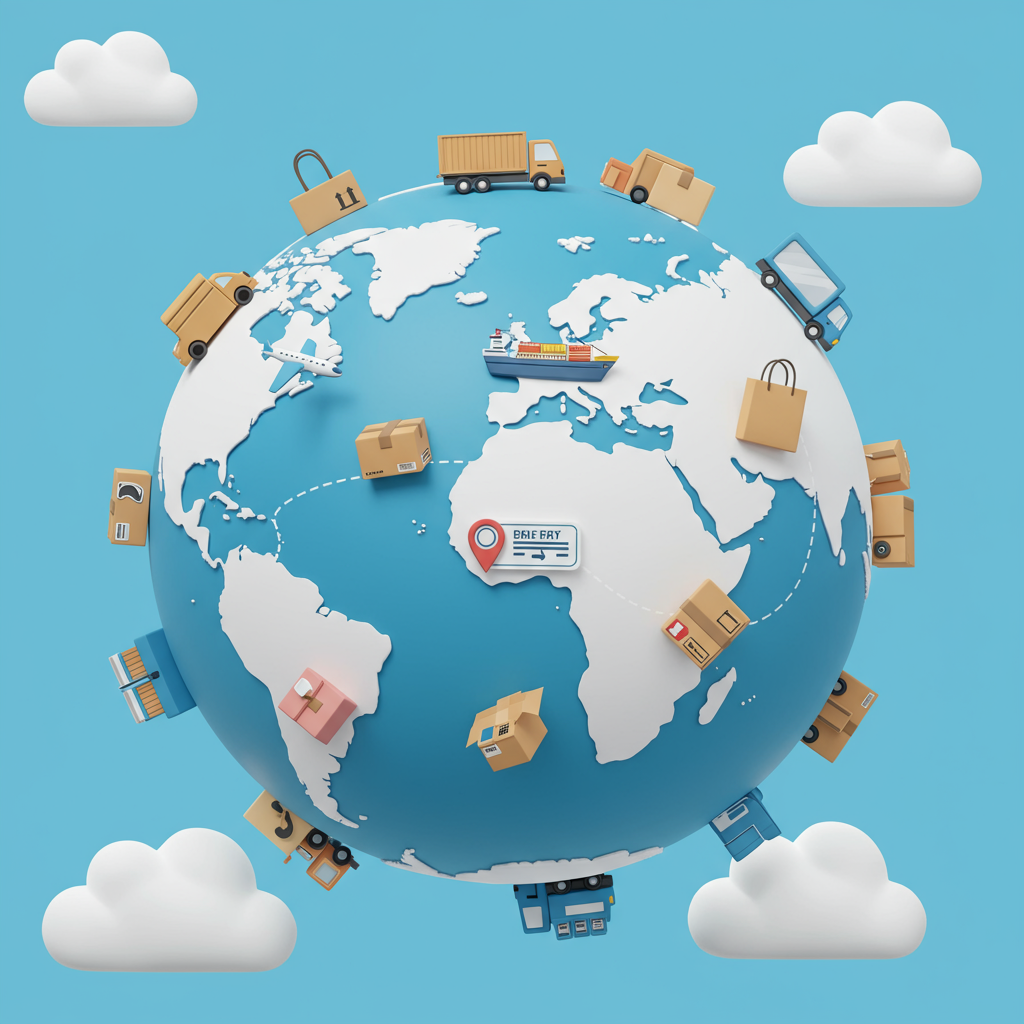Unlocking International Sales: A Merchant’s Perspective on Expanding Beyond Borders
As a Shopify merchant, I know firsthand the excitement and challenges of growing an online business.
While domestic sales are often our starting point, I’ve found that the true potential for expansion lies in reaching customers across borders.
International orders can seem daunting, filled with complex logistics, customs regulations, and varying shipping costs.
However, with a well-thought-out strategy, I believe you can transform these challenges into incredible opportunities for global growth.
My first piece of advice for any merchant looking to go global is to conduct thorough research.
You need to identify your target markets. Where is there demand for your products? What are the cultural nuances?
Understanding local regulations, import restrictions, and consumer preferences in those countries is absolutely critical for me.
Next, let’s talk about shipping carriers. This is where many merchants feel overwhelmed, and I certainly did at first.
Major players like DHL, FedEx, UPS, and even national postal services like USPS or Royal Mail, all offer international shipping.
Each has its own strengths, whether it’s speed, cost-effectiveness, or reliability in specific regions. I recommend getting quotes from several.
Deciding on your shipping rate strategy is another pivotal step. I’ve experimented with a few approaches myself.
You could offer flat-rate shipping, which simplifies things for customers but might not cover your costs for all destinations.
Alternatively, calculated rates, often pulled directly from your chosen carrier via Shopify apps, provide accuracy but can sometimes surprise customers.
Free international shipping, while a powerful marketing tool, requires careful margin analysis to ensure it’s sustainable for your business.
Customs and duties are perhaps the most intimidating aspect of international shipping for many. I learned this the hard way.
You need to understand the difference between DDU (Delivery Duty Unpaid) and DDP (Delivery Duty Paid).
With DDU, the customer is responsible for paying duties and taxes upon delivery, which can lead to unexpected fees and a poor customer experience.
I strongly advocate for DDP whenever possible. This means you, the merchant, collect these fees at checkout, ensuring a smooth delivery for your customer.
Using Harmonized System (HS) codes for your products is non-negotiable. These codes classify your goods for customs and determine applicable duties.
Proper packaging is more than just protection; it’s about compliance. I always ensure my packaging meets international standards.
Labels must be clear, accurate, and include all necessary customs documentation. This prevents delays and ensures your package reaches its destination.
Don’t forget about international returns. This is an area I’ve seen many merchants overlook.
Clearly outline your international return policy. Will you offer free returns? Will customers pay for return shipping? Transparency is key.
Shopify offers fantastic tools and apps to streamline this entire process. I rely heavily on them.
Explore apps that help with customs declarations, duty calculation, and even multi-currency pricing to make your store truly global.
Finally, communication with your international customers is paramount. I always keep them informed.
Provide clear tracking information, estimated delivery times, and be upfront about any potential customs fees.
Remember, your international shipping strategy isn’t static. I constantly review and optimize mine.
Monitor your shipping costs, delivery times, and customer feedback to continuously improve your process.
Expanding internationally with Shopify is a journey, not a destination. It requires patience, research, and a willingness to adapt.
But the rewards of reaching a global audience are immense. I truly believe it’s worth the effort.
What are your thoughts on this article? I’d love to hear if you found these insights helpful for your own Shopify store.






